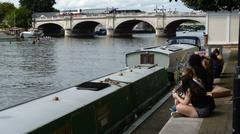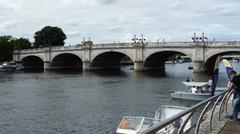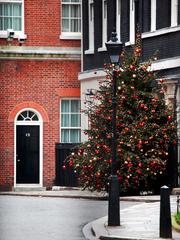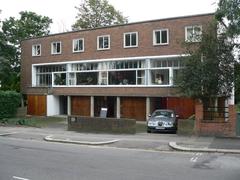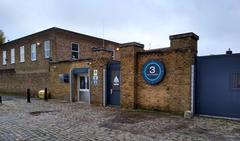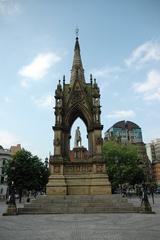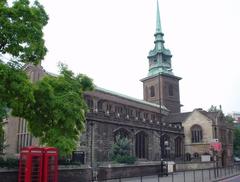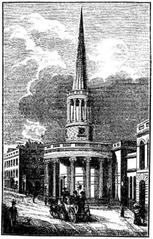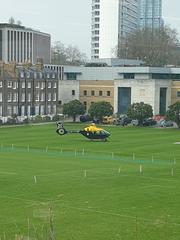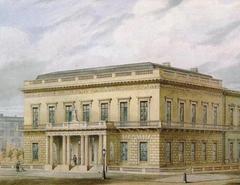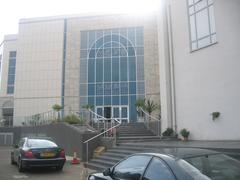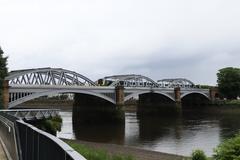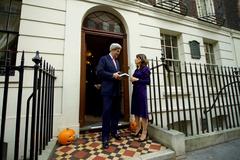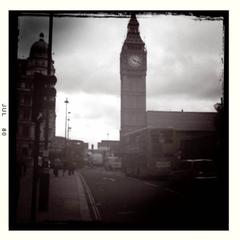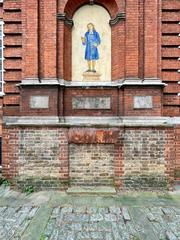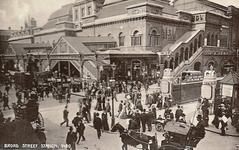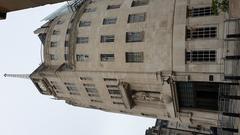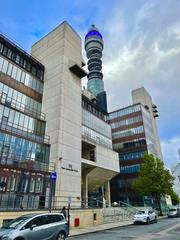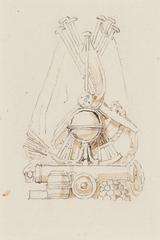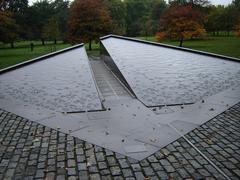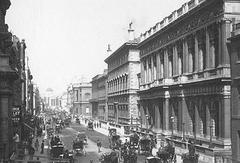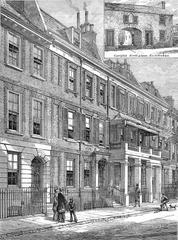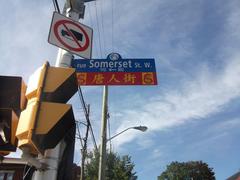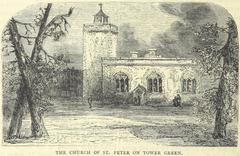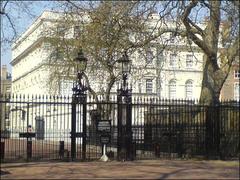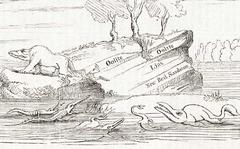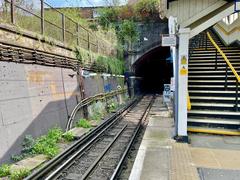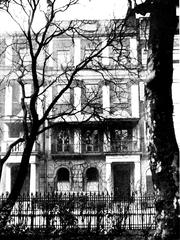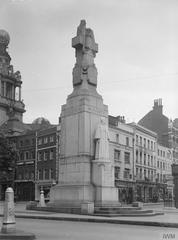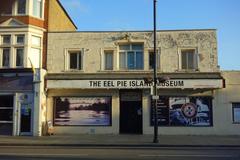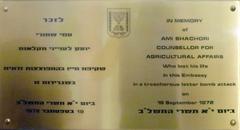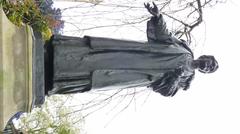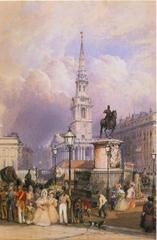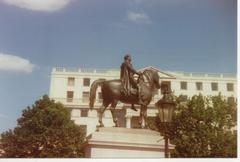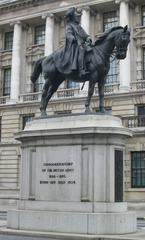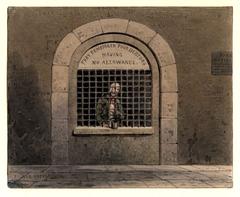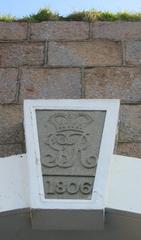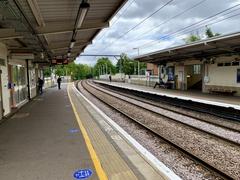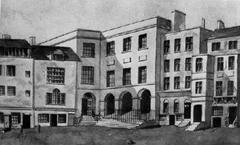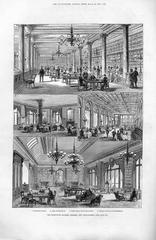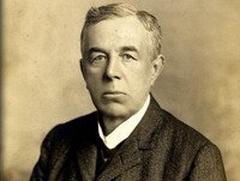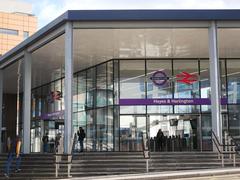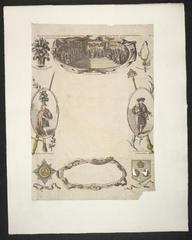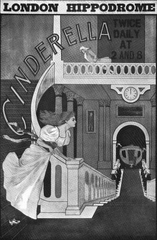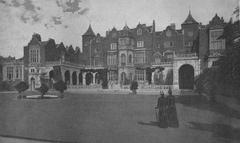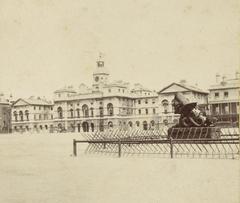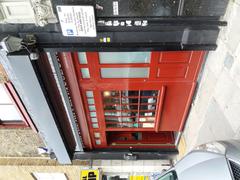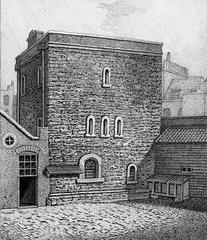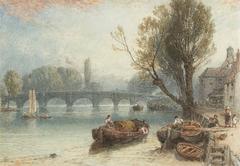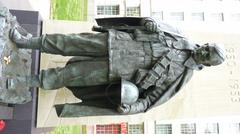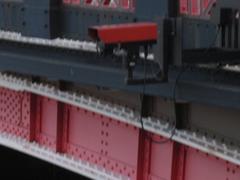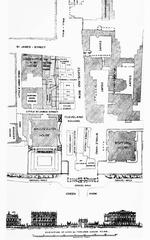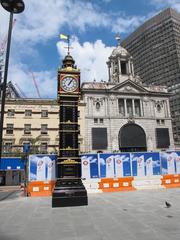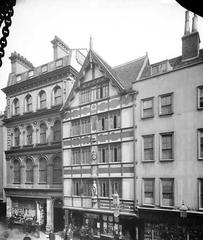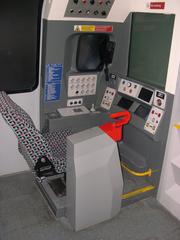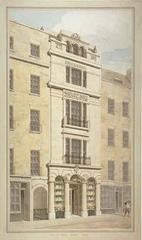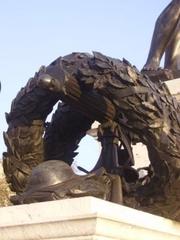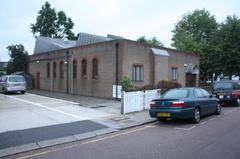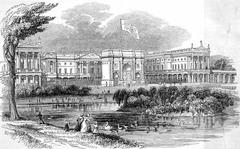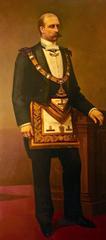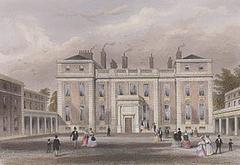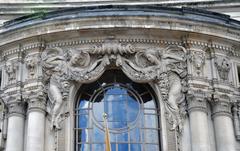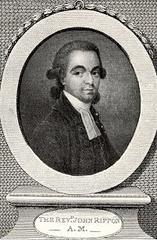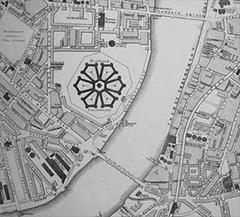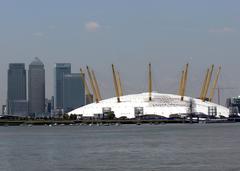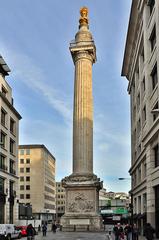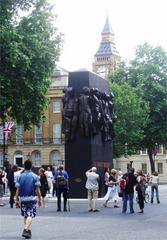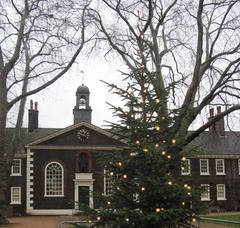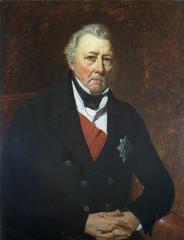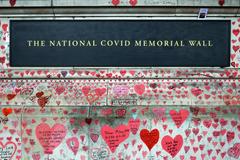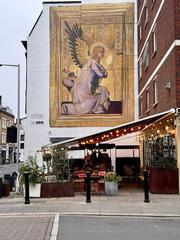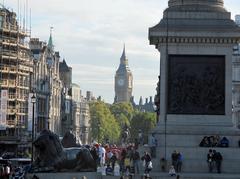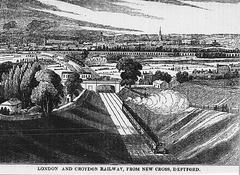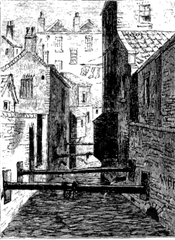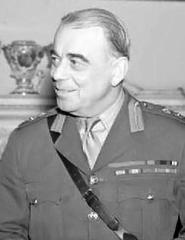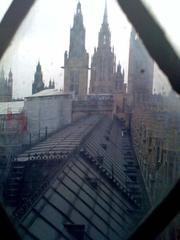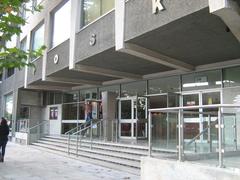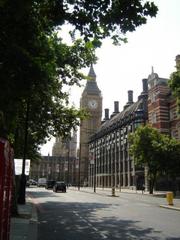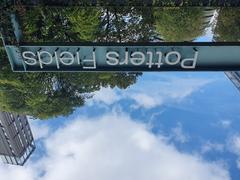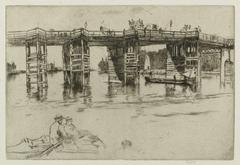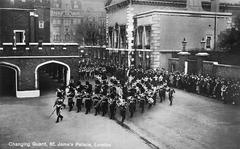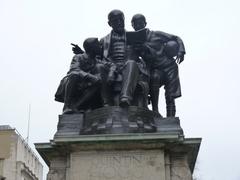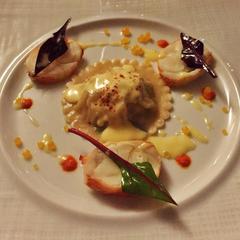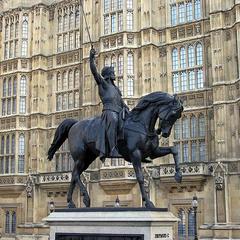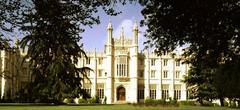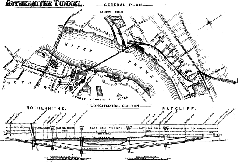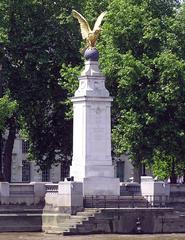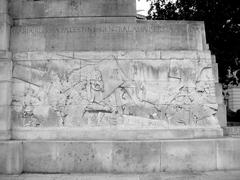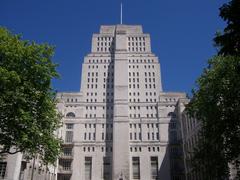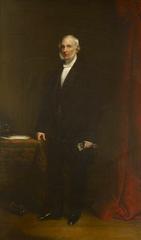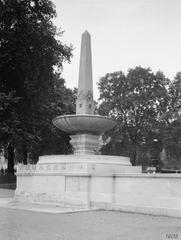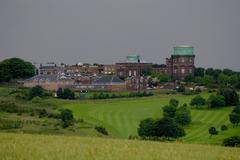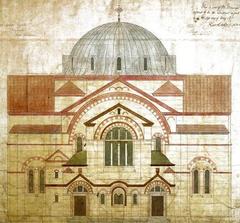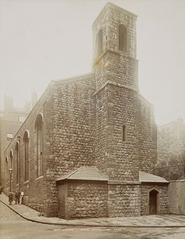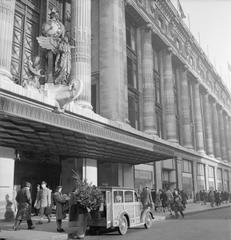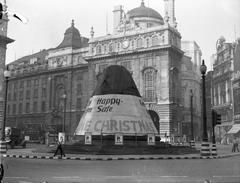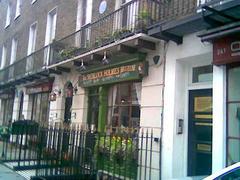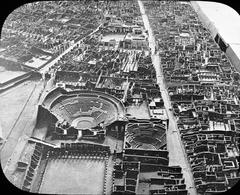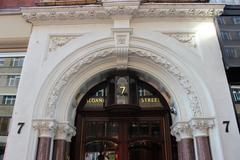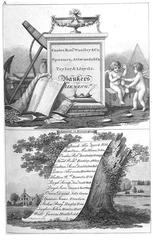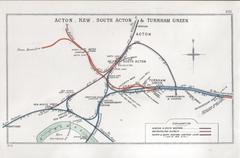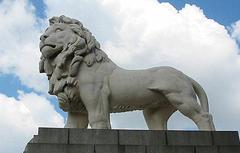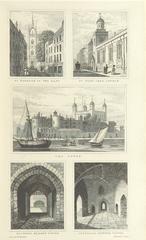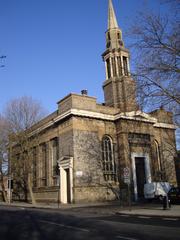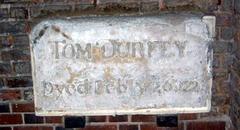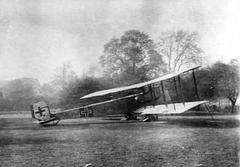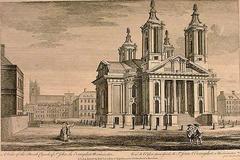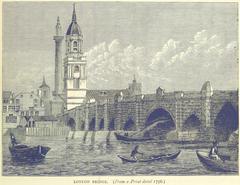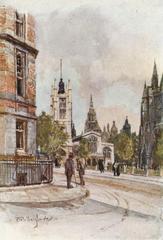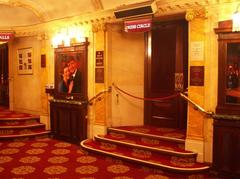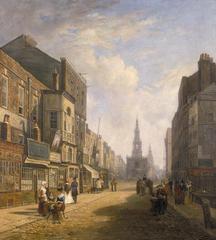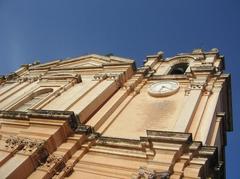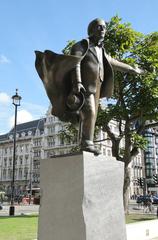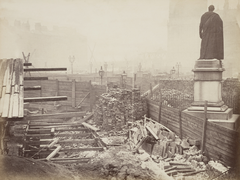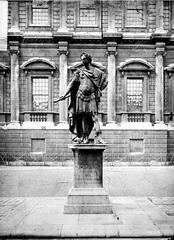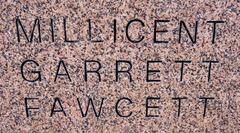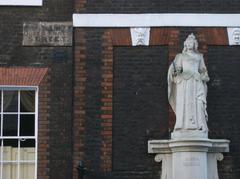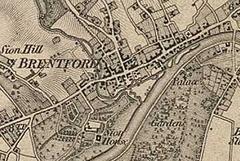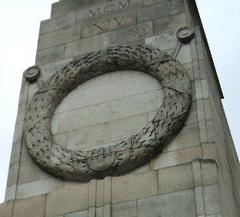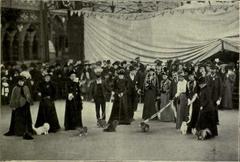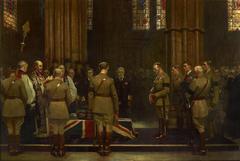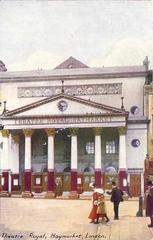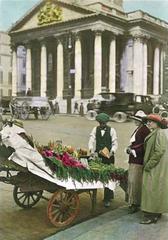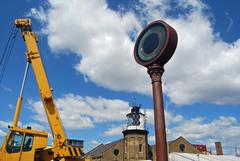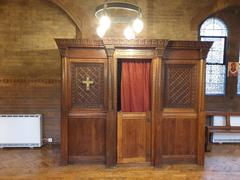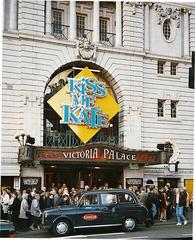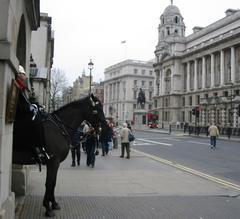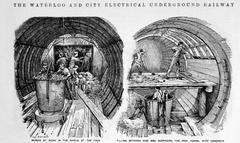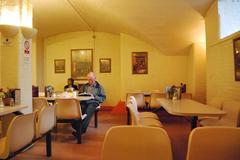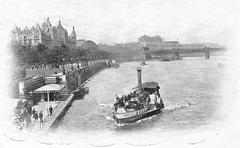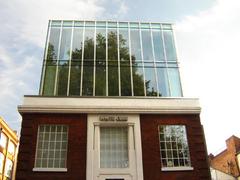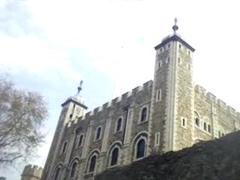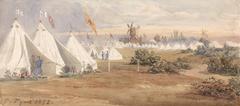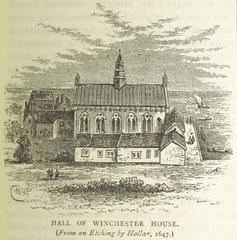
Kingston Bridge Visiting Hours, Tickets, and Historical Sites in London
Published Date: 31/07/2024
Introduction to Kingston Bridge
Kingston Bridge, a crucial crossing over the River Thames in London, has stood the test of time and holds significant historical importance. Its origins date back to the Anglo-Saxon period, as noted by 16th-century antiquarian John Leland, making it one of the earliest river crossings in the area (Wikipedia). The first documented construction of the bridge occurred in the 1190s, and it served as the only bridge between London Bridge and Staines Bridge for over 500 years, facilitating trade and travel (Kingston Nub News). Over the centuries, Kingston Bridge has undergone numerous reconstructions and renovations, reflecting the evolving needs of the community and advances in engineering. Today, it remains a vital transport link and a Grade II* listed structure, carrying approximately 50,000 vehicles per day and serving as a key crossing point for pedestrians (Wikipedia). This guide provides a comprehensive overview of Kingston Bridge’s rich history, architectural significance, visitor information, and nearby attractions.
Contents Overview
- Discover the Rich History and Visiting Tips for Kingston Bridge
- Essential Tips for Visiting Kingston Bridge in London: Hours, Tickets, and Nearby Attractions
Discover the Rich History and Visiting Tips for Kingston Bridge
Early Beginnings and Medieval Period
Did you know Kingston Bridge has been a crucial crossing point over the River Thames since the Anglo-Saxon period? According to 16th-century antiquarian John Leland, the bridge existed during the Anglo-Saxon era, which followed Roman Britain and preceded the Norman Conquest of 1066. Leland noted that the original bridge was situated lower on the River Thames than its current location (Wikipedia).
The first documented construction of Kingston Bridge dates back to the 1190s. This medieval timber bridge was a crucial crossing point over the River Thames, serving as the only bridge between London Bridge and Staines Bridge for over 500 years (Kingston Nub News). The bridge was essential for trade and travel, contributing significantly to Kingston’s development as a market town.
Destruction and Rebuilding
Throughout its history, Kingston Bridge faced numerous challenges. In the 1300s, it was described as being in a dangerous condition. The bridge suffered significant damage during the Wars of the Roses and Wyatt’s Rebellion, necessitating multiple repairs and reconstructions (Kingston Nub News).
By the early 1800s, it became evident that a new bridge was needed to accommodate increasing traffic and ensure safety. In 1814, the bridge partially collapsed, prompting the decision to construct a new bridge. Designed by Edward Lapidge, the new stone bridge measured 382 feet long and was opened in 1828 by the Duchess of Clarence, after whom Clarence Street is named (Kingston Nub News).
Transition to a Toll-Free Bridge
Kingston Bridge was initially a toll bridge, which meant that users had to pay a fee to cross. However, following a lengthy campaign, the bridge became toll-free on March 12, 1870. The removal of tolls was celebrated with fireworks and the burning of the toll gates on Hampton Green (Wikipedia).
20th Century Developments
In the early 20th century, the increase in traffic and the narrowness of the bridge became problematic. In 1911, the engineering firm Mott & Hay was contracted to widen the bridge on the downstream side. The work, undertaken between 1912 and 1914, increased the carriageway from 25 feet to 55 feet. A new façade of Portland stone was designed to replicate the original features, and the bridge was reopened in October 1914 (Wikipedia).
In March 1906, London United Tramways installed tramlines on Kingston Bridge, connecting the Surrey and Middlesex routes. The trams were replaced by trolleybuses in 1931, which were subsequently replaced by diesel buses in 1962 (Wikipedia).
Modern Era and Recent Renovations
Kingston Bridge continues to be a vital transport link, carrying approximately 50,000 vehicles per day as of 2005, with up to 2,000 vehicles per hour in each direction during peak times (Wikipedia). The bridge is also a key crossing point for pedestrians, with the Thames Path and the Thames Down Link long-distance footpath intersecting here.
In recent years, Kingston Bridge underwent significant renovations. In 2023, the bridge was closed for nearly a year for major repair works costing £600,000. The restoration involved replacing over 230 parts of the bridge’s structure, including balustrades on both sides. The project was completed in time for the King’s Coronation celebrations in the borough (MyLondon).
Visitor Information
- Visiting Hours: Kingston Bridge is open 24/7 for both vehicles and pedestrians.
- Tickets: There are no tickets required to cross Kingston Bridge, as it is a toll-free bridge.
- Accessibility: The bridge is accessible for disabled visitors, with smooth pathways suitable for wheelchairs.
Travel Tips
- Best Times to Visit: For the best experience, visit early in the morning or late in the evening to avoid peak traffic times.
- How to Get There: Kingston Bridge is easily accessible by public transport, with nearby bus and train connections. Parking is available in Kingston upon Thames.
- What to Avoid: Try to avoid crossing during rush hours (8-10 AM and 5-7 PM) to steer clear of heavy traffic.
Nearby Attractions
- Hampton Court Palace: A short drive from Kingston Bridge, this historic palace offers beautiful gardens and rich history.
- Bushy Park: Perfect for a leisurely stroll or picnic, located near the bridge.
- Kingston Market Place: Explore local produce, crafts, and food in this bustling market area.
Special Events and Photography Spots
- Special Events: Kingston Bridge and its surroundings host various events throughout the year, including regattas and local festivals.
- Photography Spots: The bridge provides excellent photo opportunities, especially during sunrise and sunset. The view from the riverside offers a picturesque backdrop.
Historical Significance
Kingston Bridge holds a unique place in London’s history. For centuries, it was the only crossing point over the River Thames between London Bridge and Staines Bridge, making it a critical infrastructure for trade and travel. The bridge’s various reconstructions and renovations reflect the evolving needs of the community and advancements in engineering and architecture.
The bridge’s historical significance is further highlighted by its Grade II* listing, which recognizes its importance as a heritage structure. The recent renovations have ensured that Kingston Bridge remains a functional and aesthetically pleasing landmark, preserving its legacy for future generations (MyLondon).
Conclusion
Kingston Bridge’s history is a testament to its enduring importance as a vital crossing point over the River Thames. From its early beginnings in the Anglo-Saxon period to its modern-day significance, the bridge has played a crucial role in the development and connectivity of Kingston upon Thames. The ongoing efforts to preserve and maintain the bridge ensure that it will continue to serve the community for years to come.
FAQ
- What are the visiting hours for Kingston Bridge? Kingston Bridge is open 24/7 for both vehicles and pedestrians.
- Is Kingston Bridge accessible for disabled visitors? Yes, the bridge is accessible for disabled visitors with smooth pathways suitable for wheelchairs.
- Are there any tickets required to cross Kingston Bridge? No, Kingston Bridge is a toll-free bridge, and no tickets are required.
Planning a visit to Kingston Bridge? Download our mobile app Audiala for more historical insights and travel tips! Don’t forget to check out our other posts on Kingston’s historical sites.
Essential Tips for Visiting Kingston Bridge in London: Hours, Tickets, and Nearby Attractions
Kingston Bridge, located in the Royal Borough of Kingston upon Thames in southwest London, is not just a vital transportation route but also a significant historical site. This guide will provide you with all the essential information you need, including visiting hours, ticket information, and nearby attractions.
Getting There
Kingston Bridge is easily accessible by various modes of transportation:
- By Train: The nearest train station is Kingston Station, about a 10-minute walk from the bridge. Trains from London Waterloo to Kingston run frequently, taking approximately 30 minutes. For more information on train schedules, visit the National Rail website.
- By Bus: Several bus routes serve the Kingston area, including routes 57, 85, 213, and 371. These buses connect Kingston with other parts of London and the surrounding areas. Check the Transport for London (TfL) website for detailed bus routes and schedules.
- By Car: If you are driving, Kingston Bridge is accessible via the A308. There are several car parks in Kingston town center, such as the Bentall Centre Car Park and the Rose Car Park. Be mindful of parking fees and restrictions.
Kingston Bridge Visiting Hours and Tickets
- Visiting Hours: Kingston Bridge is open to the public 24/7, providing a scenic route across the River Thames at any time of day.
- Tickets: There is no charge to visit or cross Kingston Bridge, making it an accessible destination for all visitors.
Best Time to Visit
- Seasonal Considerations: The best time to visit Kingston Bridge is during the spring (April to June) and autumn (September to November) when the weather is mild and the surrounding parks and gardens are in full bloom. Summer can be busy with tourists, while winter may be less crowded but colder.
- Time of Day: Early mornings and late afternoons are ideal for visiting to avoid the peak tourist hours. The bridge offers stunning views of the River Thames, especially during sunrise and sunset.
Nearby Attractions
- Hampton Court Palace: Located just a short drive or bus ride from Kingston Bridge, Hampton Court Palace is a must-visit historical site. The palace was once the home of King Henry VIII and features beautiful gardens, a maze, and the famous Great Hall. For more details, visit the Hampton Court Palace website.
- Bushy Park: One of London’s eight Royal Parks, Bushy Park is located near Kingston Bridge. It offers vast open spaces, woodland, gardens, and a variety of wildlife. It’s a perfect spot for a leisurely walk or a picnic. More information can be found on the Royal Parks website.
- Kingston Market Place: A vibrant market located in the heart of Kingston town center, offering a variety of fresh produce, street food, and unique crafts. The market is open daily, with special events and themed markets held throughout the year. Visit the Kingston First website for more details.
Dining and Refreshments
- Riverside Cafés and Restaurants: There are several dining options along the riverside near Kingston Bridge. Popular choices include The Bishop, a riverside pub offering traditional British cuisine, and Comptoir Libanais, which serves delicious Lebanese dishes. For a more upscale dining experience, consider The French Table, located a short walk from the bridge.
- Picnic Spots: If you prefer a more relaxed meal, there are plenty of scenic spots along the riverbank where you can enjoy a picnic. Bushy Park and Canbury Gardens are excellent choices for a peaceful outdoor meal.
Activities and Experiences
- Boat Trips: Enjoy a leisurely boat trip along the River Thames. Companies like Turk Launches offer regular services between Kingston, Richmond, and Hampton Court. These trips provide a unique perspective of the area and are a great way to relax and take in the scenery. For schedules and booking, visit the Turk Launches website.
- Cycling and Walking: The Thames Path National Trail runs along the river and is perfect for walking or cycling. The path offers beautiful views and connects Kingston with other parts of London. You can rent bikes from several locations in Kingston, including the Kingston Cycle Hub.
- Shopping: Kingston town center is a shopper’s paradise, with a mix of high street brands, independent boutiques, and the Bentall Centre, a large shopping mall. The town also hosts regular markets and special events, making it a lively place to explore.
Practical Tips
- Weather Preparedness: London weather can be unpredictable, so it’s advisable to carry an umbrella or a raincoat. Comfortable walking shoes are also recommended, especially if you plan to explore the surrounding areas on foot.
- Safety: Kingston is generally a safe area, but it’s always wise to stay vigilant, especially in crowded places. Keep your belongings secure and be aware of your surroundings. For more details, visit London in Real Life.
- Accessibility: Kingston Bridge and the surrounding areas are accessible to visitors with mobility issues. There are ramps and accessible pathways, and many of the local attractions offer facilities for disabled visitors. For specific accessibility information, check the websites of the attractions you plan to visit.
Local Events and Festivals
- Kingston Carnival: Held annually in September, the Kingston Carnival is a vibrant celebration of the area’s cultural diversity. The event features live music, dance performances, food stalls, and a colorful parade. For more information, visit the Kingston Carnival website.
- Thames River Festival: This annual event celebrates the River Thames with a variety of activities, including boat races, art installations, and live performances. The festival usually takes place in September and offers a great opportunity to experience the local culture and community spirit. More details can be found on the Totally Thames website.
Frequently Asked Questions
- What are the visiting hours for Kingston Bridge? Kingston Bridge is open to the public 24/7.
- How do I get tickets for Kingston Bridge? There is no charge to visit or cross Kingston Bridge.
By following these tips, visitors can make the most of their trip to Kingston Bridge and enjoy the rich history, beautiful scenery, and vibrant culture of this charming part of London.
Key Takeaways
Kingston Bridge is not just a functional piece of infrastructure but a monument steeped in history and cultural significance. From its early beginnings in the Anglo-Saxon period to its modern-day importance, the bridge has played a crucial role in the development and connectivity of Kingston upon Thames. The various reconstructions and renovations it has undergone over the centuries reflect the community’s evolving needs and advancements in engineering and architecture. Today, Kingston Bridge continues to serve as a vital transport link and a picturesque landmark, offering visitors a unique glimpse into the region’s rich history. Whether you’re crossing the bridge as part of your daily commute or exploring the nearby historical sites and attractions, Kingston Bridge remains a testament to the enduring importance of this iconic crossing over the River Thames. The ongoing efforts to preserve and maintain the bridge ensure that it will continue to be a significant landmark for future generations to appreciate (MyLondon).
Source List
- Wikipedia. (n.d.). Kingston Bridge, London. Wikipedia.
- Kingston Nub News. (n.d.). Rewind: The fascinating history of Kingston Bridge. Kingston Nub News.
- MyLondon. (2023). South London bridge over River Thames to be closed for almost a year for major repair works costing £600,000. MyLondon.
- Britannica. (n.d.). Kingston upon Thames. Britannica.
- Atlas Obscura. (n.d.). The Coronation Stone. Atlas Obscura.
- Royal Parks. (n.d.). Bushy Park. Royal Parks.
- Turk Launches. (n.d.). [Turk Launches](https://www.turklaunches.co

